Erasmus+ is the European Union’s program in the fields of Education, Training, Youth, and Sport for the period 2021-2027. Within the program, key themes such as social inclusion, environmental sustainability, the transition to the digital era, and the promotion of youth participation in democratic life play central roles.
Opportunities for the education sector in Erasmus+ aim to enhance the quality and effectiveness of education, enabling all European citizens to acquire the fundamental skills defined by the Education and Training 2020 strategic framework.
The project approved at the Second Comprehensive Institute, titled “(Auto)matism,” aims to create educational activities dedicated to the education and inclusion of students aged 3 to 10 in primary and preschool education through the use of humanoid robots. These educational activities will allow teachers to work with the entire class, particularly focusing on students with special needs, on the following logical, relational, and emotional social narrative skills.
The project involves two schools (the Second Comprehensive Institute and a Romanian school) and a technological partner (the Robotics School of Genoa).
Activities will include, for example, image matching, associating objects or images with text. This activity can be programmed using machine learning systems (such as Teachable Machines) and can be used at a basic level to develop basic visual-perceptual skills for autistic students and expand vocabulary in a foreign language for the entire class.
Proprioception and heteroception: recognition of right and left by the robot, which will be able to perform activities to help students improve their spatial abilities.
Each activity will be made possible by the development of custom software for the humanoid robots involved and will be accompanied by a teacher’s manual that will explain the usage methods, tests to be conducted, and any modifications. At the end of the project, 6 different learning scenarios will be shared on a website, with a focus on disabled students using various humanoid platforms (provided in the first phase of the project by the technological partner, the Robotics School of Genoa).

